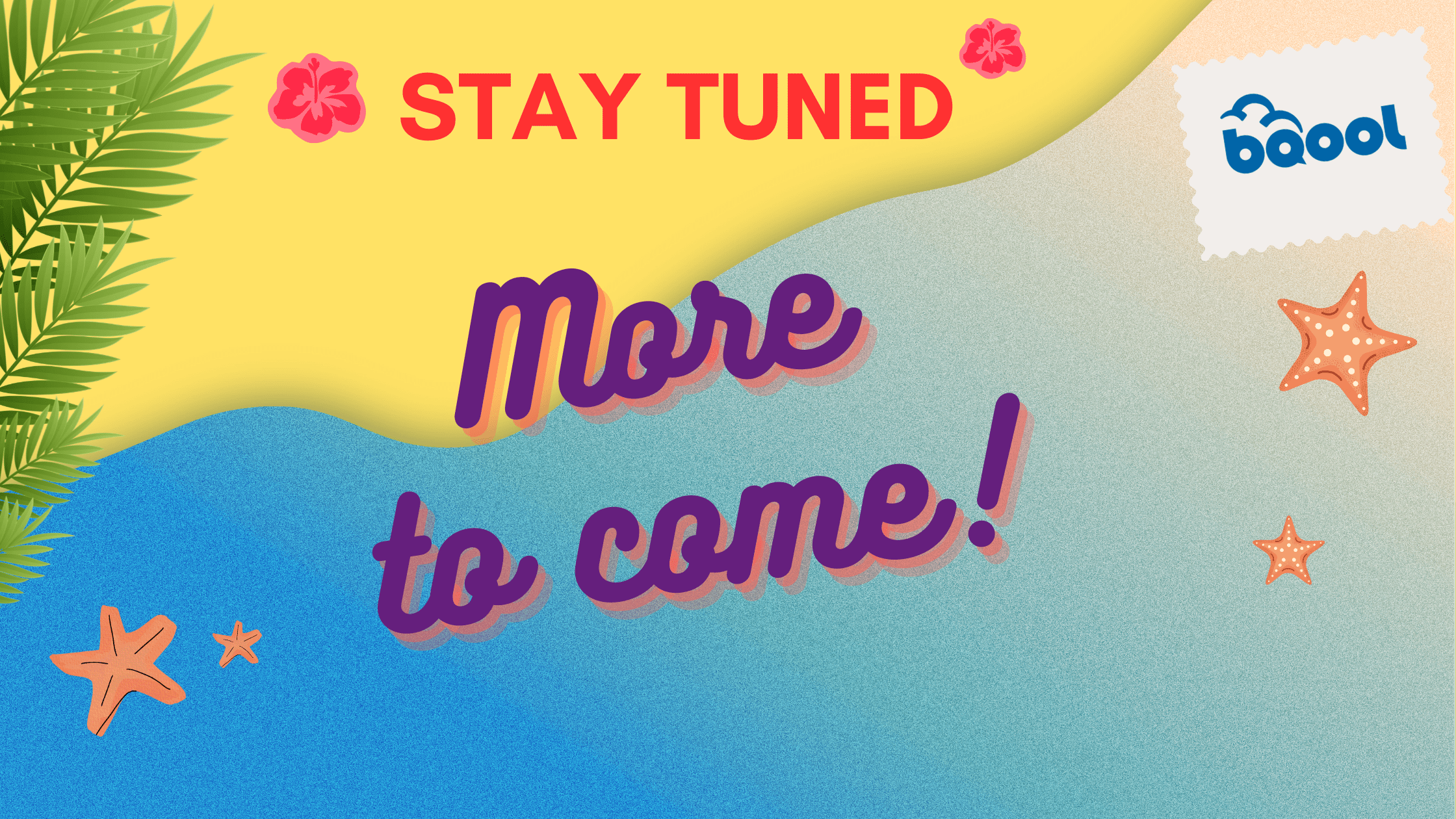Exploring the Handmade Amazon Program: Is it Worth Your Time (or your Money)?

In today’s competitive landscape, diversifying income streams is key for Amazon sellers. For sellers who have a flair for crafting, the Amazon Handmade program presents an enticing opportunity to monetize unique handcrafted products by tapping into Amazon’s vast customer base. However, before embarking on this journey, it is imperative to carefully evaluate the program’s advantages and potential drawbacks. The burning question remains: can handcrafting products truly be a profitable endeavor in today’s marketplace?
What is the Amazon Handmade Program?
Launched in 2015, Amazon Handmade is a unique platform dedicated to handcrafted products created by artisans from over 80 countries. To be eligible for this program, sellers must meet specific criteria that ensure their products are genuinely handmade, differentiating them from mass-produced goods found on regular Amazon stores. Currently, the Amazon Handmade program is available in two key marketplaces: North America (United States, Canada, and Mexico) and Europe (United Kingdom, Germany, France, Italy, and Spain), allowing artisans to display and sell their handcrafted creations to a wider audience.
Eligibility Requirements for Amazon Handmade
To sell on Amazon Handmade, you must meet these criteria:
- Have an approved Amazon Professional Seller account without any selling restrictions.
Be an individual maker working alone or with up to 20 helpers like friends, family, or employees.
Or be part of an eligible group:
- Maker cooperatives
- Non-profit organizations
- Non-governmental organizations
- Social enterprises that empower maker communities
The key requirement is that all products must be genuinely handmade, not mass-produced. By meeting these standards, individual artisans and qualified groups can tap into Amazon’s customer base to sell their unique, handcrafted items through the Handmade program.
Product Requirements for Amazon Handmade
All products listed on Amazon Handmade must follow these rules:
- Items must be designed and produced by you, or a small team of up to 20 helpers like family/employees.
- Allowed production methods include using hand tools or light machinery in your home/studio workspace. Mass production using assembly lines is not permitted.
- You can sell hand-altered pre-made items like customized drinkware or towels.
- Upcycling used items by refinishing or upgrading them is allowed, like painting an old table.
- Repurposing items or parts into something new is okay, like making a bowl from a vinyl record.
The following are prohibited:
- Outsourcing production or drop-shipping
- Reselling third-party products
- Digital downloads, food, electronics
- Live plants (except air plants with handmade planters)
- Selling just raw crafting materials, unless part of a DIY kit or handmade by you.
Check Amazon’s category policies for any other specific limitations. The most important thing is all products must be genuinely handmade by you or a small team, not a mass production.
How much does Amazon Handmade Cost?
When you register, you will need to choose the Professional selling plan, which includes special Handmade tools and support for your Handmade business. Normally $39.99 per month, this fee is waived for approved applicants after the first month.
One of the standout benefits of the Amazon Handmade program is its cost-effective fee structure. Unlike other platforms, Amazon does not charge any listing fees for handmade products. Instead, it takes 15% referral fee on each sale. This fee structure is particularly attractive for sellers, as it eliminates the burden of recurring listing costs.

How can you apply for the Handmade Program?
The Handmade program presents an excellent opportunity for existing third-party sellers on Amazon. If you already have an established store on the platform, you can seamlessly integrate your handmade products into the Handmade store without any conflicts or complications. The application process is straightforward: once your Handmade application is approved, you can list your handcrafted items in your Handmade store while continuing to sell your other products through your regular third-party seller account. This flexibility allows you to diversify your products and tap into the handmade market without disrupting your existing business operations.
Crafting Your Niche: What Sells on Amazon Handmade?
Do not let your passion project become a dusty inventory disaster especially if your goal is to make money on Amazon Handmade. To ensure your handcrafted items are profitable, focus on creating products that have market demand. Staying attuned to trends and identifying popular categories is key. Conducting research on platforms like Etsy can offer valuable insights into current trends and consumer preferences.
Handmade Products Category and its Various Sub-Categories
Amazon Handmade offers a diverse range of categories for artisans to create and sell their products. In the beauty and grooming category, for example, you can craft and resell your own handmade skincare products. The jewelry category is also particularly trendy, featuring many artisans with unique, handcrafted pieces. With so many categories available, you are sure to find the perfect niche for your unique creations! 
Amazon Handmade Reselling: True Opportunity or Overrated?
While selling on Amazon Handmade offers a promising opportunity for artisans, setting realistic expectations is essential. Handcrafted items benefit from a dedicated niche with less competition than regular third-party seller stores, allowing you to resell unique creations. However, to truly capitalize on this opportunity, it’s crucial to carefully select the right items to resell, as not all handcrafted products will perform equally well. Additionally, to diversify your income streams on Amazon this year, consider exploring other opportunities the platform offers, such as the influencer program or the Vine program











